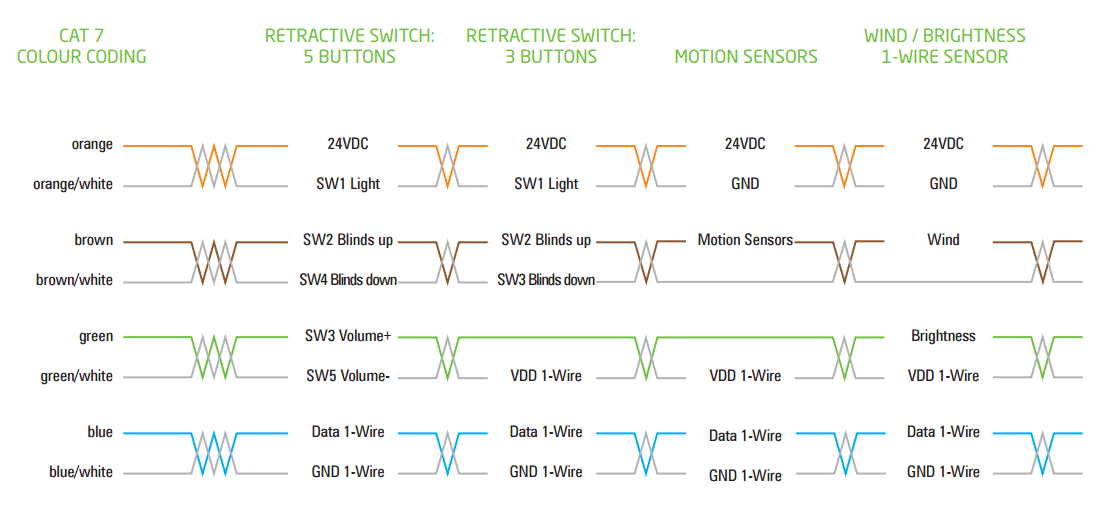Hi:
I've been doing some minor home automation at my home but I'm considering taking the next step and adding automation to my lighting circuits.
I'm not a fan of smart bulbs, they are a v expensive approach and it just makes a lot more sense (to me at least) to put the "smart" into the fixed circuits or switches rather than the bulbs which have a shorter lifespan and thus the long term total cost is v high.
I've been looking at sonoff basic wireless devices as the price point is very attractive and it will connect with my home automation setup.
I've seen two approaches that could work in UK wiring systems:
Approach 1:
Set-up sonoff adjacent to each ceiling rose junction box in a circuit and use the GPIO pin to take a low voltage signal from the switch to maintain the ability to use the original switch alongside the home automation capabilities
This uses as much of the existing wiring already in place but it does mean that the sonoff devices are all hidden under floor boards all over the house rather than one central place.
Approach 2:
Rewire the circuit such that each light has a dedicated cable from a centralised switch board, sonoff devices are all located in the centralised switch board, wall switches would then need to be turned into ethernet or wireless switches to signal back on/off commands via home automation
This centralises the sonoff devices in a more easily accessible location but this requires a rewire and the use of a lot more cable than normally required in a traditional setup.
Q1: any thoughts on the approaches / is there an easier way?
Q2: Does any of this allow a homeowner such as myself to achieve a project like this which passes IET Wiring Regulations / Edition 18? If so, how do you find electricians to commission and sign off the paperwork?
Thanks in advance for your help
I've been doing some minor home automation at my home but I'm considering taking the next step and adding automation to my lighting circuits.
I'm not a fan of smart bulbs, they are a v expensive approach and it just makes a lot more sense (to me at least) to put the "smart" into the fixed circuits or switches rather than the bulbs which have a shorter lifespan and thus the long term total cost is v high.
I've been looking at sonoff basic wireless devices as the price point is very attractive and it will connect with my home automation setup.
I've seen two approaches that could work in UK wiring systems:
Approach 1:
Set-up sonoff adjacent to each ceiling rose junction box in a circuit and use the GPIO pin to take a low voltage signal from the switch to maintain the ability to use the original switch alongside the home automation capabilities
This uses as much of the existing wiring already in place but it does mean that the sonoff devices are all hidden under floor boards all over the house rather than one central place.
Approach 2:
Rewire the circuit such that each light has a dedicated cable from a centralised switch board, sonoff devices are all located in the centralised switch board, wall switches would then need to be turned into ethernet or wireless switches to signal back on/off commands via home automation
This centralises the sonoff devices in a more easily accessible location but this requires a rewire and the use of a lot more cable than normally required in a traditional setup.
Q1: any thoughts on the approaches / is there an easier way?
Q2: Does any of this allow a homeowner such as myself to achieve a project like this which passes IET Wiring Regulations / Edition 18? If so, how do you find electricians to commission and sign off the paperwork?
Thanks in advance for your help


